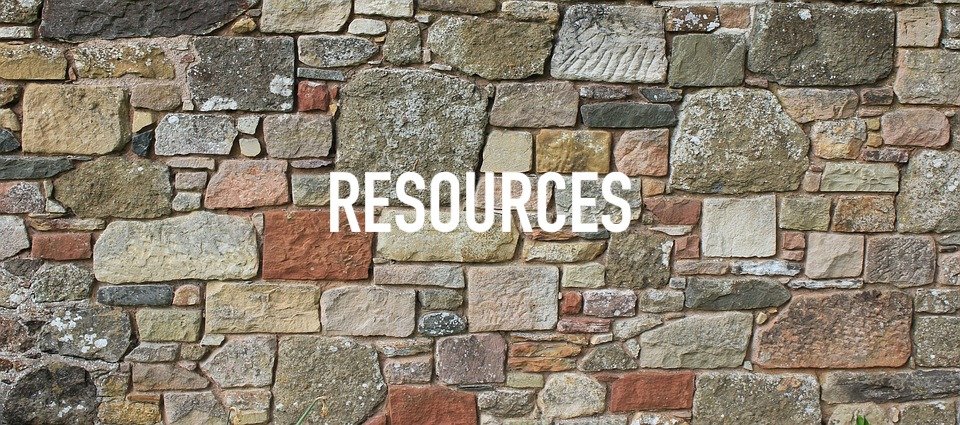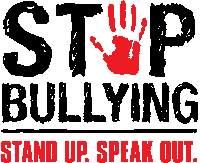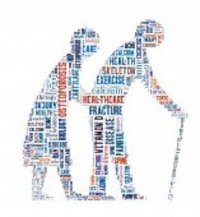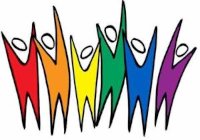
Domestic violence, also known as intimate partner violence, affects both males and females in intimate relationships. According to the U.S. Department of Justice, domestic violence includes rape, sexual assault, robbery, and aggravated assault committed by intimate partners, immediate family members, or other relatives. A study found that approximately 1 in 4 (28.3%) women and 1 in 5 (21.6%) men have experienced physical violence in an intimate relationship. With domestic violence accounting for 21% of all violent crimes, studies have found that domestic violence was more commonly committed against females (76%) compared to males (24%).
If you or someone you know has been physically or sexually assaulted by their partner or spouse, please call the National Domestic Violence Hotline at 1−800−799−7233 (SAFE) or 1−800−787−3224 (TTY), or visit the resources below:

 In 2019, the National Center for Education Statistics and Bureau of Justice Statistics reported that about 22 percent of students ages 12–18 reported being bullied at school during the school year. In 2019, about 16 percent of students in grades 9–12 reported being electronically bullied during the previous 12 months. Bullying was identified by the Center for Disease Control and Department of Education as a perceived power imbalance through repeated unwanted aggressive behavior from an individual or individuals. Both indirectly and directly, perpetrators use physical, verbal, and relational abuse to harm individuals, resulting in depression, anxiety, isolation, and even suicide from victims. Despite intervention from bystanders, bullying is still an ongoing concern both in schools and workplaces.
In 2019, the National Center for Education Statistics and Bureau of Justice Statistics reported that about 22 percent of students ages 12–18 reported being bullied at school during the school year. In 2019, about 16 percent of students in grades 9–12 reported being electronically bullied during the previous 12 months. Bullying was identified by the Center for Disease Control and Department of Education as a perceived power imbalance through repeated unwanted aggressive behavior from an individual or individuals. Both indirectly and directly, perpetrators use physical, verbal, and relational abuse to harm individuals, resulting in depression, anxiety, isolation, and even suicide from victims. Despite intervention from bystanders, bullying is still an ongoing concern both in schools and workplaces.

 Abusive partners in LGBT relationships use physical, sexual, and emotional abuse, in addition to financial control and isolation to control their partners. By maintaining power, abusers use threats and justification as tactics to continue the abuse. Some other tactics include intimidation, blame, privilege, and economic abuse in order to feel dominant and powerful in the relationship. Data compiled by the National Coalition Against Domestic Violence shows that 43.8 percent of lesbian women and 61.1 percent of bisexual women experience rape, physical violence, or stalking in their lifetime as opposed to 35 percent of heterosexual women. The same studies report that 26 percent of gay men and 37.3 percent of bisexual men will also experience rape, violence, and stalking at some point.
Abusive partners in LGBT relationships use physical, sexual, and emotional abuse, in addition to financial control and isolation to control their partners. By maintaining power, abusers use threats and justification as tactics to continue the abuse. Some other tactics include intimidation, blame, privilege, and economic abuse in order to feel dominant and powerful in the relationship. Data compiled by the National Coalition Against Domestic Violence shows that 43.8 percent of lesbian women and 61.1 percent of bisexual women experience rape, physical violence, or stalking in their lifetime as opposed to 35 percent of heterosexual women. The same studies report that 26 percent of gay men and 37.3 percent of bisexual men will also experience rape, violence, and stalking at some point.